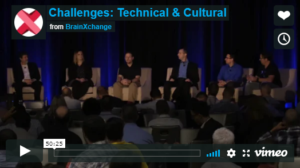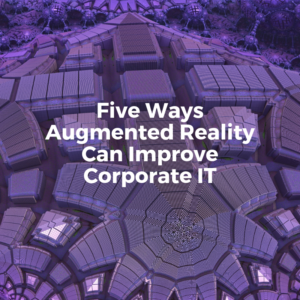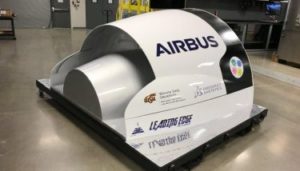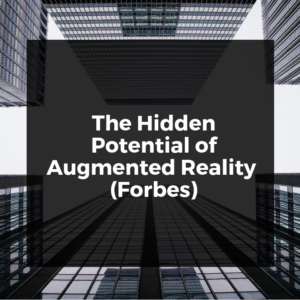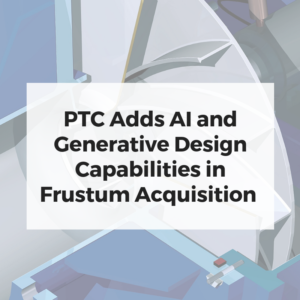Airbus and Boeing (AREA member) both had booming 2017s in terms of deliveries and orders.
The world’s largest aerospace manufacturers – Airbus and Boeing – both had booming 2017s in terms of deliveries and orders.
Airbus received 1,109 orders and delivered 718 finished aircraft. Boeing received 912 orders but managed to deliver 763 finished aircraft (an industry record).
Yet, their backlog of orders continues to rise –7,265 for Airbus, and 5,864 for Boeing. The exponential growth in aerospace is happening at the same time that demand for lighter, more efficient aircraft has never been higher.
“OEMs are having to deliver an ever-increasing number of aircraft from their mostly existing and aging facilities,” noted Scharlock. “With Airbus and Boeing both targeting double-digital profit growth, we are seeing them invest heavily in new production systems and digitally-connected supply chains.
“Quality benchmarks have to be achieved right-first-time as they can’t afford to operate with high non-conformance rates; which requires complete control of production, materials, suppliers and processes.”
The forerunners of the global manufacturing race all demonstrate four characteristics, according to Scharlock:
End-to-end digital integration of their engineering across the value chain
Vertical integration and network manufacturing systems
Horizontal integration across their entire operation
Humans are at the centre, helping to shape and direct the value chain
Scharlock offered a case study with Airbus as a real-world example of this in action.
Working with Dassault Systèmes and the National Institute for Aviation Research at Wichita State University at the 3DEXPERIENCE Center Wichita, Airbus chose a project that could not only revolutionise a critical aircraft component for its business and that of its competitors, but also change the speed of Airbus product innovation.
Airbus sought to develop a prototype of a thrust reverser unit (TRU), a component that slows down an aircraft upon landing. It wanted to simplify the design and improve its efficiency in record time.
While this type of development project would normally take 18-24 months, Airbus set a goal to complete the work in a focused 90-day ‘sprint.’
Leveraging the Innovation Center allowed the team to take advantage of its unique capabilities, including one of the world’s largest flex caves, a cutting-edge Multi-Robotics Advanced Manufacturing (MRAM) cell, and robust additive manufacturing and reverse engineering capabilities.
Trained on using the full capabilities of the 3DEXPERIENCE platform for three weeks, the team and multiple partners and suppliers worked concurrently to deliver the project in just 12 weeks.
Team members stayed in sync through a common project dashboard and conducted design reviews through the platform. In just 84 days, the joint team was able to accelerate new system development from concept to full-scale functioning prototype.
In the past, components went through cycles of physical testing and fine-tuning. With co-simulation, working on a single platform, and rapid prototyping, teams from across the globe could use the virtual world to collaborate together to ensure a finished product that came out right the first time.
“The Airbus TRU project provides a tangible example of what the industry renaissance can mean to the aerospace industry. This new age brings the benefits of new ways of inventing, learning, producing and trading that result in an acceleration of innovation which will transform the next century of flight,” concluded Scharlock.
To read the full article please see here.
